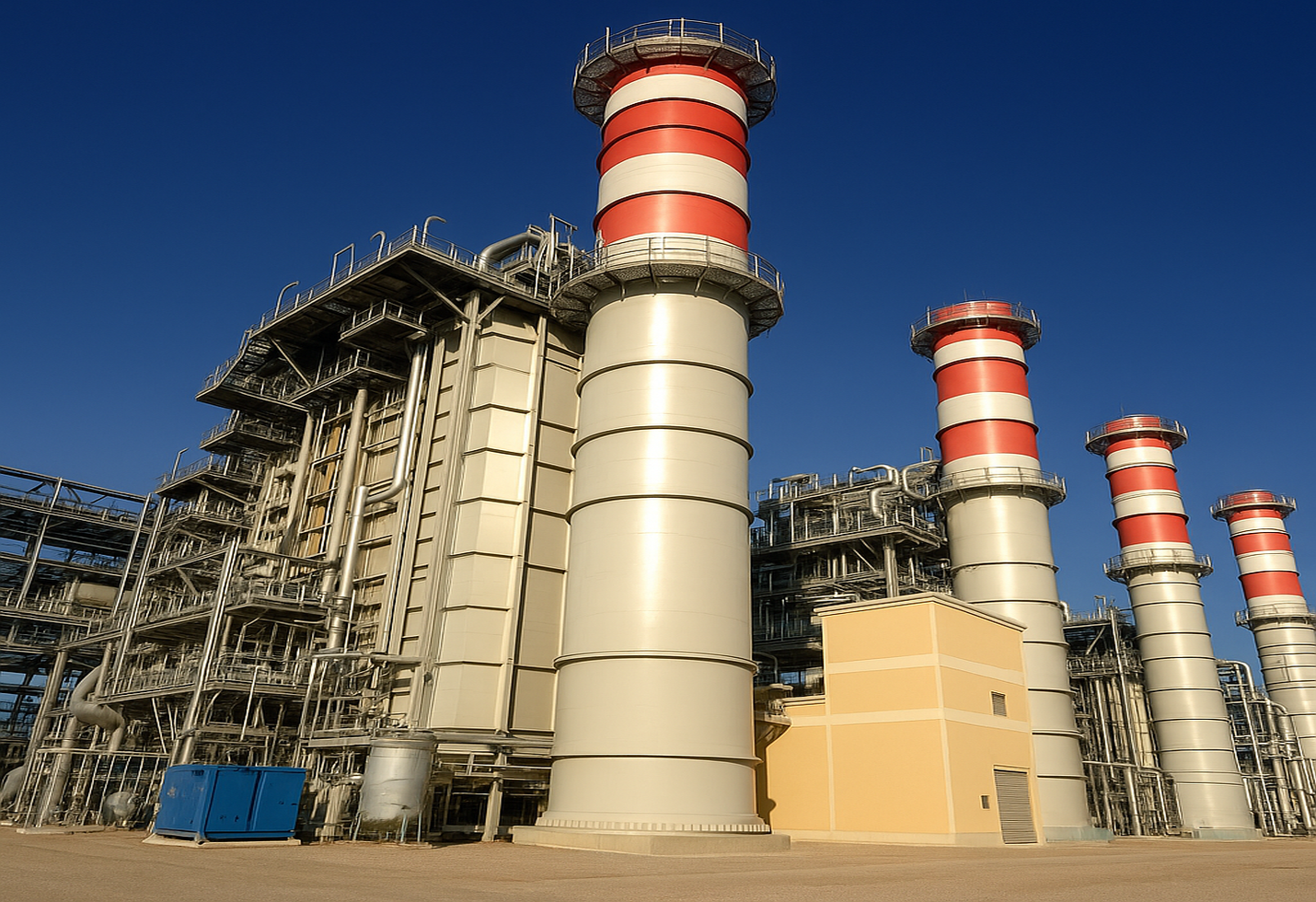RBI raises loans-against-shares limit fivefold: will it meaningfully deepen market liquidity?
On October 1, 2025, the Reserve Bank of India (RBI) announced a set of measures to ease capital-market related lending: the ceiling on loans against shares for individuals has been increased from ₹20 lakh to ₹1 crore, and the IPO financing limit per investor has been raised from ₹10 lakh to ₹25 lakh. The governor flagged these as part of broader steps to improve credit flow and deepen market participation.
The mechanics — what these limits mean in practice
“Loan against shares” refers to loans banks or NBFCs extend to borrowers who pledge listed equity as collateral. Historically, regulatory ceilings (like ₹20 lakh) constrained the simple retail and HNI use of equity as a liquidity source. Raising the ceiling to ₹1 crore expands the notional collateral value an individual can mobilise, subject to the lender’s internal margin (loan-to-value, or LTV) rules and credit appraisal. Separately, the higher IPO financing cap (now ₹25 lakh) permits investors to borrow more to subscribe to primary offerings — a direct boost to IPO subscription capacity.
Immediate market and product implications
Banks and retail lenders are likely to respond in two ways: offer larger secured lines against listed portfolios to affluent retail and HNI clients, and relaunch or expand IPO-funding products aimed at active retail investors. This could raise short-term demand for allocations in large upcoming IPOs — for example, the scheduled Tata Capital offering (₹15,511 crore) and other year-end deals — by increasing the pool of financed bids.
Liquidity vs. leverage — the risk trade-off
Easier access to cash via pledged equities increases liquidity for households and corporates, but it also raises systemic leverage and margin-call vulnerability. If lenders set high LTVs (say 50–70% for highly liquid large-cap stocks), a ₹1 crore permissible loan could imply a portfolio value of ₹1.4–2 crore pledged. In falling markets, forced liquidations or margin calls can accelerate selloffs — a classical procyclical effect. The RBI’s move removes a regulatory cap but does not automatically change prudent underwriting: banks still control LTVs, haircuts and concentration limits.
Potential winners and losers
Winners: retail brokers, margin-finance desks, NBFCs and private banks that can scale collateralised lending products; IPO issuers that may see stronger subscription momentum; and large-cap liquid stocks (which make more attractive collateral). Losers/ Risks: highly leveraged retail investors using small-cap holdings as collateral face amplified downside; volatile small-caps might see short-term selling pressure if lenders apply strict haircuts. Sectoral beneficiaries will likely include wealth tech platforms that package IPO financing and banks with dedicated prime-broker desks.
Macro and monetary context
The announcement coincided with the RBI’s Monetary Policy Committee (MPC) communication in which the policy repo rate was left unchanged (reported at 5.5% in some real-time coverage), indicating the central bank’s aim to balance monetary normalcy with targeted structural liquidity measures. By enabling more market-linked lending without broad rate easing, the RBI appears to be nudging credit allocation toward capital-market activity while maintaining overall price and financial stability vigilance.
Regulatory safeguards and open questions
The RBI has also proposed removing regulatory ceilings on lending against listed debt securities — another liberalising step — but the detailed supervisory safeguards (uniform LTV caps, concentration limits across banks, stress testing of pledged collateral) will matter for outcomes. Key open questions: Will lenders broadly adopt high LTVs or remain conservative? How quickly will IPO-financing products scale? And what contingency plans exist for abrupt market corrections triggered by margin calls? The answers will shape whether this becomes a sustainable liquidity expansion or a source of cyclical vulnerability.
Investor takeaway
Retail and HNI investors should treat the higher limits as an opportunity, not an unconditional green light. If considering borrowing against shares or using IPO financing, investors should: check lender LTVs and margin-call terms, avoid pledging concentrated small-cap positions, stress-test portfolios for 20–30% market declines, and use financing selectively for high-conviction, liquid exposures. Financial advisers should re-run scenario analyses (VaR / stress tests) before recommending leveraged solutions.
Conclusion
RBI’s decision on October 1, 2025 to raise the lending caps against equities to ₹1 crore and lift IPO financing to ₹25 lakh is a clear attempt to deepen capital-market intermediation and ease short-term funding frictions. It promises greater market liquidity and new product flows, but also reinstates an age-old trade-off between liquidity and leverage. The net effect will depend on how prudently banks price risk and how retail participants manage leverage in a potentially volatile market environment.
The image added is for representation purposes only










